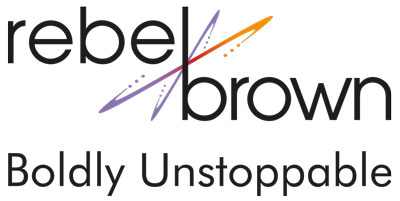The learning gap is a major reason many strategies fail. Why? Because we think we know what’s the latest and greatest, when in fact, we don’t.
The foundation of the learning gap is a paradox. Here’s how it works
- We’re all trained to seek the status of expert. In business and in our hobbies and personal pursuits, we strive to gather the knowledge and skills needed to be dubbed a pro.
- When we reach the status of expert, we enjoy sharing our lessons and insights with all who need them. We mentor the next generation by sharing our expertise and perspectives. For a time, our expertise can and does fuel success. Over time, it’s that very expertise that often becomes a problem.
- When we begin to see ourselves as experts, we base our assumptions on what we know from yesterday’s experiences. We often fail to seek out and learn about the changes inherent in our markets and customers.
That’s when expertise becomes the gravity that causes a new strategy to fail before it ever hits the organization. Because that strategy is based on what we believe as experts.
When we begin to see ourselves as experts, we often cease to learn new things, seek new perspectives or need new options.
By the way, the tendency to rest on our expertise, on what we already know is called premature closure… as in closing our minds to what we might see and learn.
How to Bridge Your Learning Gap
We can and should leverage our expertise. Expertise forms the basis of our intuition, thought processes and personal knowledge base. We need those tools to be successful leaders.
The key in today’s dynamic marketplace is to constantly update and check our expertise with the new discoveries, learnings and changes within our markets. We need to focus on dynamic expertise, always expanding and evolving.
Here are 3 simple steps to step into continuous learning and dynamic expertise.
1. Prove you’re wrong.
We’re all programmed to seek the evidence that proves we’re right about our expert assumptions. Instead, look for evidence to prove yourself wrong. You’ll find new lessons, improve your assumption and even save yourself time and money if you’re not as right as you thought you were.
2. Start with a blank whiteboard.
Instead of going back to last year’s expertise, plan or process, begin with a blank whiteboard. Then add the current market trends and changes you see as important. While you’re at it, make it a point to add 3-5 NEW trends, issues or other market changes that you didn’t know about. How do you find them? Go do research and prove yourself wrong about a few of your expert knowns. You’ll find powerful new insights during that process.
Be sure to include a few folks in your discussions who have different perspectives and experience bases than you do. Get people involved who see the world differently than you do. Then, and only then, use all of your collective expertise to bring the dots together.
3. Question old news, find new sources.
We fall into patterns of information gathering. Those top favorite customers who are your friends often mold our expertise and beliefs. So do our friends who’ve worked in our business forever, our partners who’ve lived through tough times with us. The challenge is that we end up surrounding ourselves with others who drank the same Kool-Aid. That’s why it’s important to find new sources of information and expertise, within and outside of your industry. Fresh perspectives can and will expand and update your expertise.
The Bottom Line
We live in a fast changing world that requires constant learning and dynamic expertise.
It’s human nature to assume we’re right, to rest in the knowledge of our lessons learned, skills developed and hard earned credibility. And that’s okay!
Those lessons, skills and credibility form the foundation of our position as leaders. That said – we have to constantly strive to avoid the Learning Gap as we become experts.
When we continuously seek new knowledge, update our skills and broaden our horizons, we take our expertise to the next level, and the next and the next.
As your expertise expands, so will your results.






